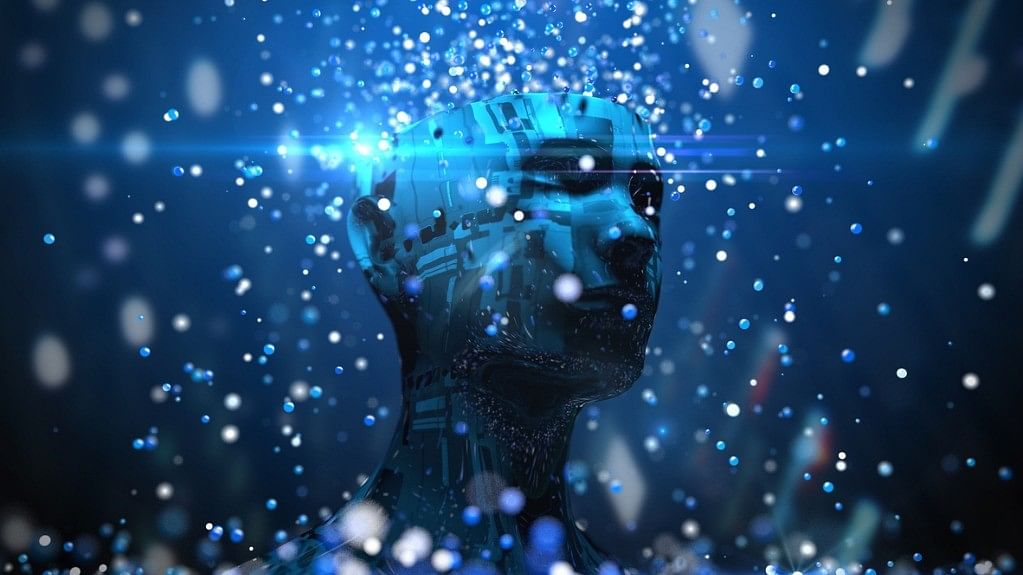Scientists Develop New AI System to Diagnose Diseases
Read how a new artificial intelligence system can help diagnose diseases efficiently using portrait photos.

Scientists have developed an artificial intelligence system that uses portrait photos in combination with genetic and patient data to efficiently and reliably diagnose rare diseases.
Every year, around half a million children worldwide are born with a rare hereditary disease. Obtaining a definitive diagnosis can be difficult and time consuming.
In a study of 679 patients with 105 different rare diseases, scientists from the University of Bonn and the Charite - Universitatsmedizin Berlin in Germany have shown that artificial intelligence can be used to diagnose such diseases.
The neural network, described in the journal Genetics in Medicine, automatically combines portrait photos with genetic and patient data.
Many patients with rare diseases go through lengthy trials and tribulations until they are correctly diagnosed.
Researchers showed how artificial intelligence can be used to make comparatively quick and reliable diagnoses in facial analysis.
These include, for example, mucopolysaccharidosis (MPS), which leads to bone deformation, learning difficulties and stunted growth. Mabry syndrome also results in intellectual disability.
All these diseases have in common that the facial features of those affected show abnormalities.
This is particularly characteristic, for example, of Kabuki syndrome, which is reminiscent of the make-up of a traditional Japanese form of theater. The eyebrows are arched, the eye-distance is wide and the spaces between the eyelids are long.
The used software can automatically detect these characteristic features from a photo. Together with the clinical symptoms of the patients and genetic data, it is possible to calculate with high accuracy which disease is most likely to be involved.
"In combination with facial analysis, it is possible to filter out the decisive genetic factors and prioritize genes," said Krawitz.
"Merging data in the neuronal network reduces data analysis time and leads to a higher rate of diagnosis," he said.
(This story was auto-published from a syndicated feed. Only the title and the image of the story has been edited by FIT)
(At The Quint, we are answerable only to our audience. Play an active role in shaping our journalism by becoming a member. Because the truth is worth it.)